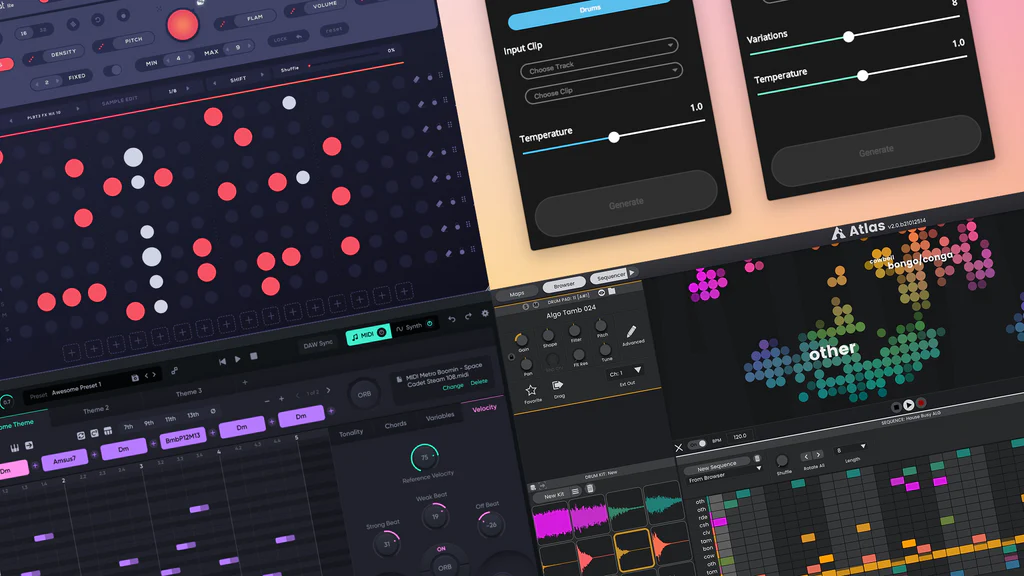Artificial intelligence now composes complete musical pieces through sophisticated algorithms analysing thousands of existing compositions. These systems identify patterns in musical structure, harmony progression, rhythmic elements, and melodic contours to generate original compositions. Modern AI doesn’t simply mimic existing music but creates unique pieces following established musical principles while introducing creative variations. A royalty free music tools uses neural networks trained on diverse musical genres to verses transition to choruses, how melodies develop, and how harmonic progressions create emotional responses in listeners.
Neural network training methods
AI music composition begins with extensive training on musical datasets containing thousands of songs across various genres. These neural networks analyze relationships between notes, chord progressions, rhythmic patterns, and structural elements that define different musical sections. Advanced systems recognize the distinctive characteristics separating verses from choruses, identify typical bridge constructions, and instrumental breaks function within song structures. This training enables AI to internalize musical rules while identifying opportunities for creative deviation that maintain listener interest without breaking fundamental musical principles.
Pattern recognition powers
- Melodic contour analysis – AI systems identify the rising, falling, and plateau patterns that create memorable melodies, automatically generating variations that maintain mathematical relationships between notes while creating original phrases.
- Rhythmic fingerprinting – AI recognizes genre-specific rhythmic patterns and variations, automatically generating drum patterns, bass lines, and percussive elements that maintain consistent groove throughout compositions.
- Structural transition detection – Advanced algorithms identify how professional compositions transition between sections through energy shifts, instrumentation changes, and harmonic movements.
- Dynamic response modelling – AI captures how volume, intensity, and instrumentation density typically evolve throughout different song sections, automatically creating appropriate dynamic arcs.
These pattern recognition capabilities enable AI to generate compositions that sound coherent and professionally structured rather than random note sequences. The systems continuously improve through additional training, feedback loops, and algorithm refinements that incorporate new musical trends.
Section differentiation techniques
AI distinguishes between musical sections through specific compositional techniques applied automatically during generation. Verse structures typically feature more stable harmonic patterns with lyrics-focused arrangements, while choruses implement higher energy, fuller instrumentation, and more memorable melodic hooks. Bridge sections create contrast through key changes, different chord progressions, or stripped-back arrangements before returning to familiar elements. These sectional characteristics get programmatically implemented based on musical analysis that identifies how professional composers create structural variety while maintaining cohesive musical identity throughout pieces.
Generative parameter control
- Emotional direction mapping – AI systems translate mood descriptors into specific musical parameters affecting tempo, key selection, chord complexity, and rhythmic density.
- Style transfer capabilities – Neural networks apply genre-specific characteristics while maintaining core melodic ideas, allowing one composition to exist across multiple stylistic interpretations.
- Phrase length balancing – AI implements mathematically balanced phrase structures that create natural musical flow while avoiding predictability through occasional pattern disruption.
- Collaboration adaptation – Advanced systems modify generated content to complement human-created elements, enabling hybrid compositions combining AI and human creativity.
These parameter controls allow precise customization while ensuring musical coherence, giving users important creative influence without requiring technical music composition knowledge. The most sophisticated AI music generators employ advanced harmonic intelligence beyond basic chord progressions. Modal interchange capabilities allow AI to borrow chords from parallel keys, creating emotional colour variations while remaining theoretically sound. This harmonic sophistication elevates AI compositions beyond simplistic patterns, generating emotionally compelling progressions that support memorable melodies without sounding formulaic or repetitive.

